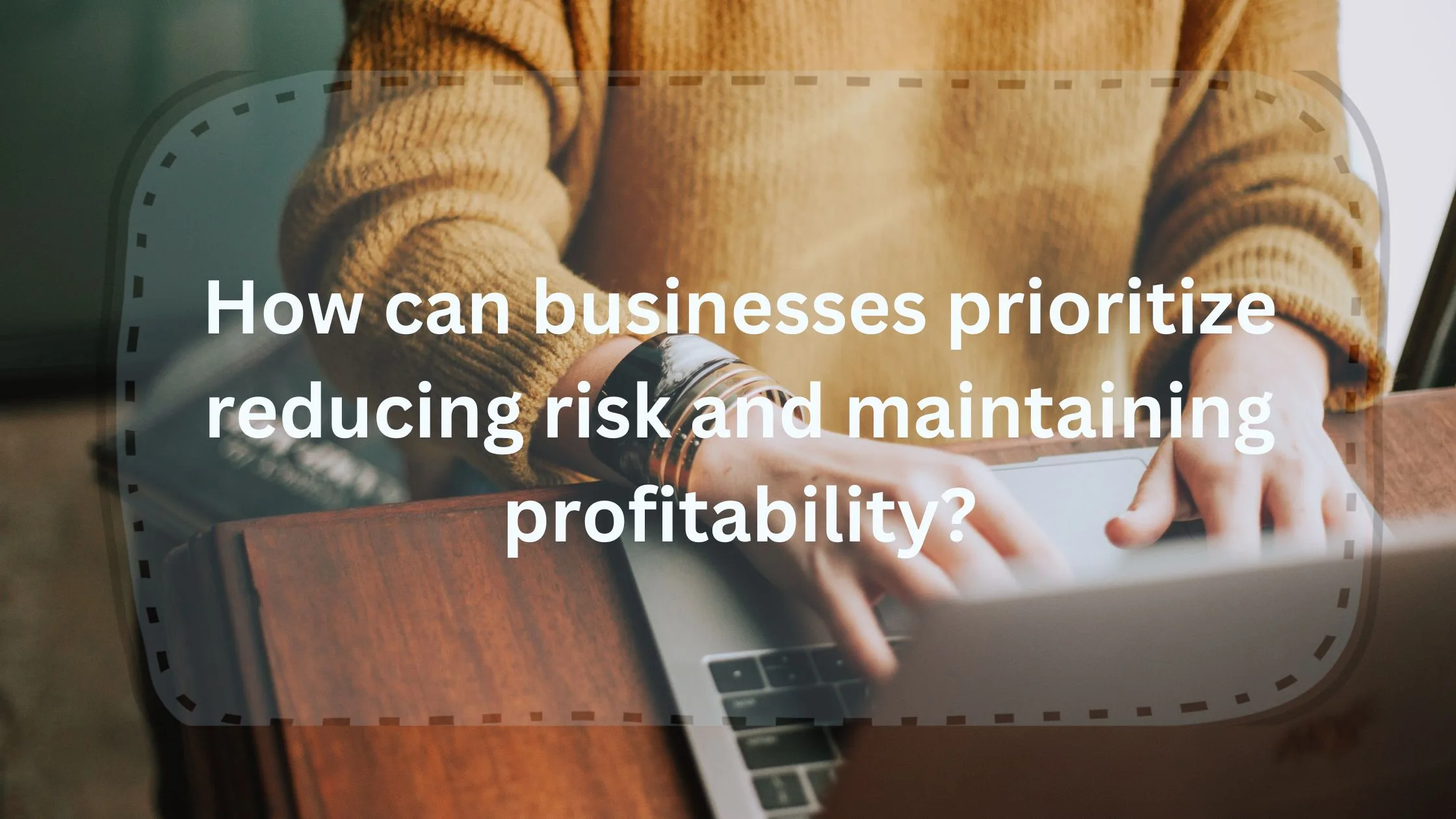How can businesses prioritize reducing risk and maintain profitability?
The ability of a firm to prioritize risk mitigation during regular business operations while retaining profitability is one of the most crucial methods it can employ. There is no replacement for taking a thorough and proactive approach to risk management, even while technology can be helpful, particularly when it comes to the use of more sophisticated risk screening techniques powered by artificial intelligence (AI).
Business executives must ensure that everyone in the organization understands how crucial their participation is to the company’s success and that the strategy is reflected in both the C-Suite offices and employee workstations in order to promote that kind of mindset. These are crucial actions to take into consideration as they are part of a bigger risk reduction strategy.
Putting together a structure
First and foremost, it’s critical to build a procedure for risk identification and evaluation. Operational, financial, strategic, and compliance risks are just a few of the hazards that management should ensure teams and team leaders are routinely evaluating and identifying. By doing this, the business will be in a better position to carry out in-depth risk assessments and determine the impact and likelihood of each identified risk.
The next crucial step is to construct a solid risk management framework. Team leaders should do this by outlining the company’s risk appetite, its tolerance levels, and the particular mitigation techniques it is considering. Leaders may assign precise roles and duties for risk management throughout the entire organization by putting in place such a framework.
It’s wise to consider whether diversification and developing backup plans could assist the company in reducing risk and establishing stability as part of this process. For instance, in order to lessen reliance on a single source, the company may consider diversifying its supply chains and commercial operations. In order to guarantee company continuity in the event of supplier or vendor failures or disruptions, it could also install backups in vital systems.
Next, leaders need to realize how important it is to make plans for the unknown and the unexpected. Planning for crises and emergencies should be done, and detailed strategies for handling unanticipated crises should be created. Furthermore, to make sure the company is ready to react, these crisis and contingency plans should be updated on a regular basis after they are created.
to any unforeseen circumstances. One wise suggestion is to test and model crisis situations inside the organization to assess the efficacy of the backup plans and, crucially, if managers and staff are capable of implementing them.
A company can maintain profitability while reducing risk by taking all of the above-mentioned actions. Having these procedures in place can help a firm prevent costly damage and reputational loss, even though they only require a small amount of time and organizational involvement.
Spend money on technology
While there are costs involved, investing in the right technology can pay off handsomely in the long run. This is because using tools like artificial intelligence and data analytics to identify and track potential risks in real time can yield enormous benefits.
As an effective way to reduce risk by avoiding possible alliances with criminal organizations and illicit actors, particularly those who may be involved in money laundering, funding terrorism, or other financial crimes, adverse media searches, for instance, have become a crucial component of the due diligence process for financial institutions and other organizations.
Nowadays, many companies are turning to increasingly sophisticated AI-driven solutions to assist in this process as regulators in the US and abroad are seeing the value of these screenings. This is particularly crucial to address the issue of false positives, which arises when erroneous data is discovered during screening, particularly in cases where legacy or older AI-based methods are being utilized. Once more, even though these instruments demand a certain amount of financial outlay, technology can save a company’s life if it keeps it from suffering catastrophic consequences or from entering a crisis.
Remaining compliant
It’s crucial to adhere to evolving regulatory requirements when risk-mitigating. Leaders in corporate risk and compliance should remain informed on the laws and standards pertaining to their particular business. In fact, by lowering fines, additional taxes, and enforcement penalties, putting in place strong compliance programs can significantly increase profitability while lowering the risk of legal and regulatory issues.
Establishing a constant monitoring system to keep tabs on changes in the company environment and spot new, developing dangers is crucial when attempting to reduce risk. A company’s risk mitigation techniques must be routinely assessed for efficacy and modified as necessary.In fact, it is imperative that business executives see risk mitigation as an essential component of their decision-making process rather than as a stand-alone task throughout this entire process.
Corporations may establish a flexible and robust framework that emphasizes risk mitigation and promotes sustained profitability by significantly lowering the cost of non-compliance, lawsuits, and legal action by including five crucial measures into their overall business strategy.





0